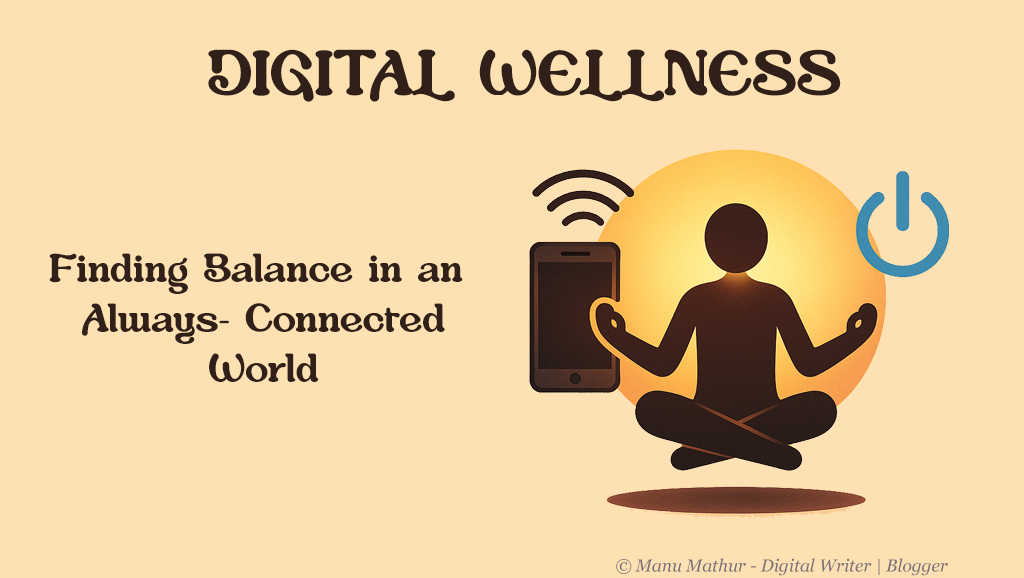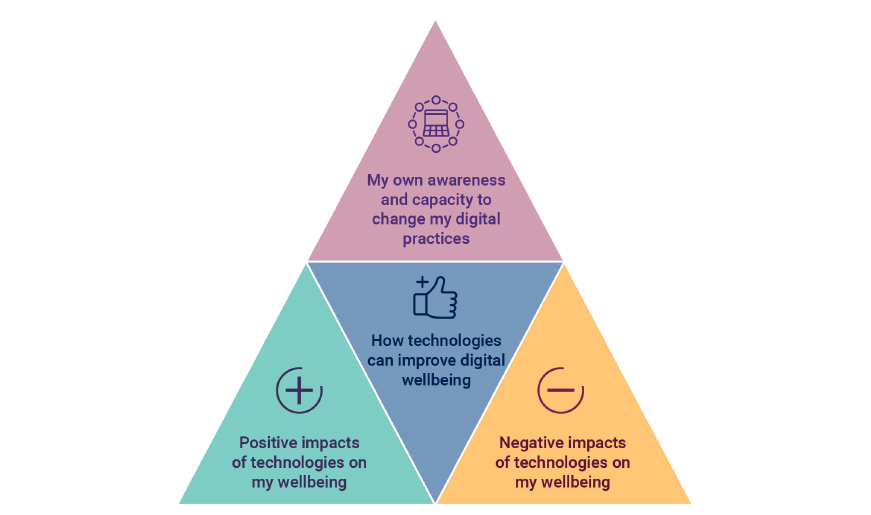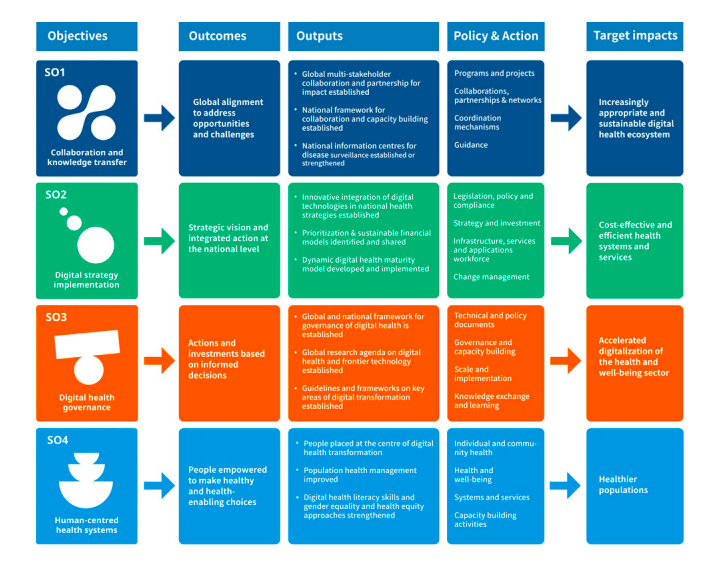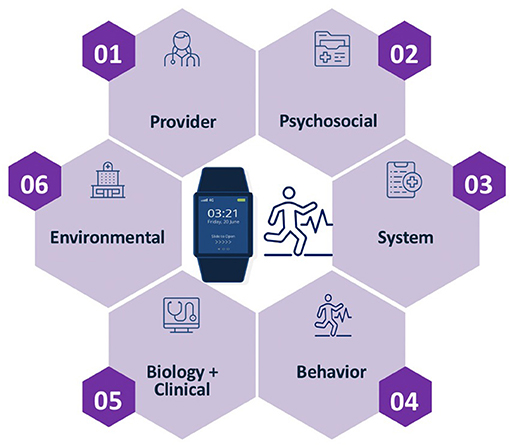Introduction to Digital Wellness Strategies
In today’s digital age, it’s important to prioritize our well-being in the midst of constant connectivity and technology use. Digital wellness strategies refer to the practices and habits that individuals can adopt to maintain a healthy balance with technology. These strategies aim to promote mindfulness, reduce screen time, and enhance overall well-being in the digital world. In this article, we will explore various digital wellness strategies that can help individuals navigate the digital landscape with intention and purpose.
Setting Boundaries with Technology
One of the key digital wellness strategies is setting boundaries with technology. This involves establishing limits on screen time, notifications, and usage of digital devices. By setting boundaries, individuals can reduce the negative impact of technology on their mental and physical well-being. It’s important to create designated tech-free zones in your home, such as the bedroom or dining room, to promote a healthier relationship with technology. Additionally, setting boundaries with social media and digital communication can help individuals prioritize real-life interactions and relationships.

In order to effectively set boundaries with technology, it’s important to establish clear rules and guidelines for device usage. This can include setting specific times for checking emails, social media, and other digital platforms. It’s also helpful to turn off notifications during certain hours of the day to minimize distractions and improve focus. By setting boundaries with technology, individuals can create a healthier balance between their digital and offline lives.
Practicing Mindfulness in the Digital Age
Mindfulness is a powerful digital wellness strategy that can help individuals cultivate a greater sense of awareness and presence in the digital world. By practicing mindfulness, individuals can learn to be more intentional with their technology use and reduce the negative impact of digital distractions on their well-being. Mindfulness techniques, such as deep breathing and mindful scrolling, can help individuals stay grounded and focused amidst the constant stream of information and notifications.

Incorporating mindfulness into daily digital habits can help individuals develop a healthier relationship with technology. For example, taking short breaks throughout the day to practice mindfulness meditation or simply pause and breathe can help individuals reset and recharge. By practicing mindfulness in the digital age, individuals can enhance their overall well-being and reduce the negative effects of technology on their mental and emotional health.
Creating a Digital Detox Plan
A digital detox plan involves taking intentional breaks from technology to recharge and reset. This digital wellness strategy can help individuals reduce screen time, improve sleep quality, and enhance overall well-being. Creating a digital detox plan can involve setting specific timeframes for unplugging from devices, such as weekends or evenings, and engaging in offline activities, such as reading a book or going for a walk.

In order to create an effective digital detox plan, it’s important to set clear goals and intentions for the detox period. This can include reducing screen time by a certain percentage, increasing physical activity, or improving sleep quality. Setting realistic expectations and gradually implementing changes can help individuals successfully complete a digital detox and reap the benefits of unplugging from technology.
Practicing Digital Mindfulness
Digital mindfulness involves being intentional and aware of our digital habits and interactions. By practicing digital mindfulness, individuals can enhance their well-being, reduce stress, and improve their relationship with technology. Digital mindfulness techniques, such as setting time limits on social media, turning off notifications, and practicing digital gratitude, can help individuals cultivate a healthier relationship with technology.

Incorporating digital mindfulness into daily routines can help individuals create a more mindful and intentional approach to technology use. This can involve taking breaks from screens, engaging in offline activities, and setting boundaries with digital devices. By practicing digital mindfulness, individuals can enhance their overall well-being and reduce the negative impact of technology on their mental and emotional health.
Building Healthy Digital Habits
Building healthy digital habits is essential for maintaining a balanced and healthy relationship with technology. This digital wellness strategy involves adopting positive habits and routines that promote well-being in the digital age. Healthy digital habits can include setting limits on screen time, engaging in offline activities, and prioritizing self-care and relaxation.
In order to build healthy digital habits, it’s important to be mindful of how technology impacts our daily routines and behaviors. This can involve tracking screen time, setting goals for reducing device usage, and creating a schedule for engaging in offline activities. By building healthy digital habits, individuals can cultivate a healthier relationship with technology and enhance their overall well-being in the digital world.
Engaging in Digital Detox Activities
Engaging in digital detox activities is a powerful way to reduce screen time, improve well-being, and enhance mindfulness in the digital age. Digital detox activities can include unplugging from devices, engaging in nature walks, practicing mindfulness meditation, and engaging in creative hobbies. By participating in digital detox activities, individuals can take a break from technology and focus on self-care and relaxation.
Incorporating digital detox activities into daily routines can help individuals reduce the negative impact of technology on their mental and emotional health. This can involve setting aside specific times during the day for digital detox activities, such as mornings or evenings, and prioritizing offline experiences. By engaging in digital detox activities, individuals can create space for mindfulness, relaxation, and well-being in the digital age.
Creating a Technology-Free Self-Care Routine
Creating a technology-free self-care routine is essential for promoting well-being and balance in the digital age. This digital wellness strategy involves prioritizing self-care activities that do not involve technology, such as reading a book, taking a bath, practicing yoga, or going for a walk. By creating a technology-free self-care routine, individuals can reduce screen time, improve sleep quality, and enhance their overall well-being.
In order to create a technology-free self-care routine, it’s important to be intentional and mindful of how technology impacts our daily habits and behaviors. This can involve setting aside specific times during the day for self-care activities, such as mornings or evenings, and creating a calming and relaxing environment. By incorporating technology-free self-care activities into daily routines, individuals can promote mindfulness, relaxation, and well-being in the digital age.
Conclusion
In conclusion, digital wellness strategies are essential for maintaining a healthy balance with technology in today’s digital age. By setting boundaries with technology, practicing mindfulness, creating a digital detox plan, and engaging in digital detox activities, individuals can enhance their overall well-being and reduce the negative impact of technology on their mental and emotional health. Building healthy digital habits, practicing digital mindfulness, and creating a technology-free self-care routine can help individuals navigate the digital landscape with intention and purpose. By incorporating these digital wellness strategies into daily routines, individuals can cultivate a healthier relationship with technology and improve their well-being in the digital world.